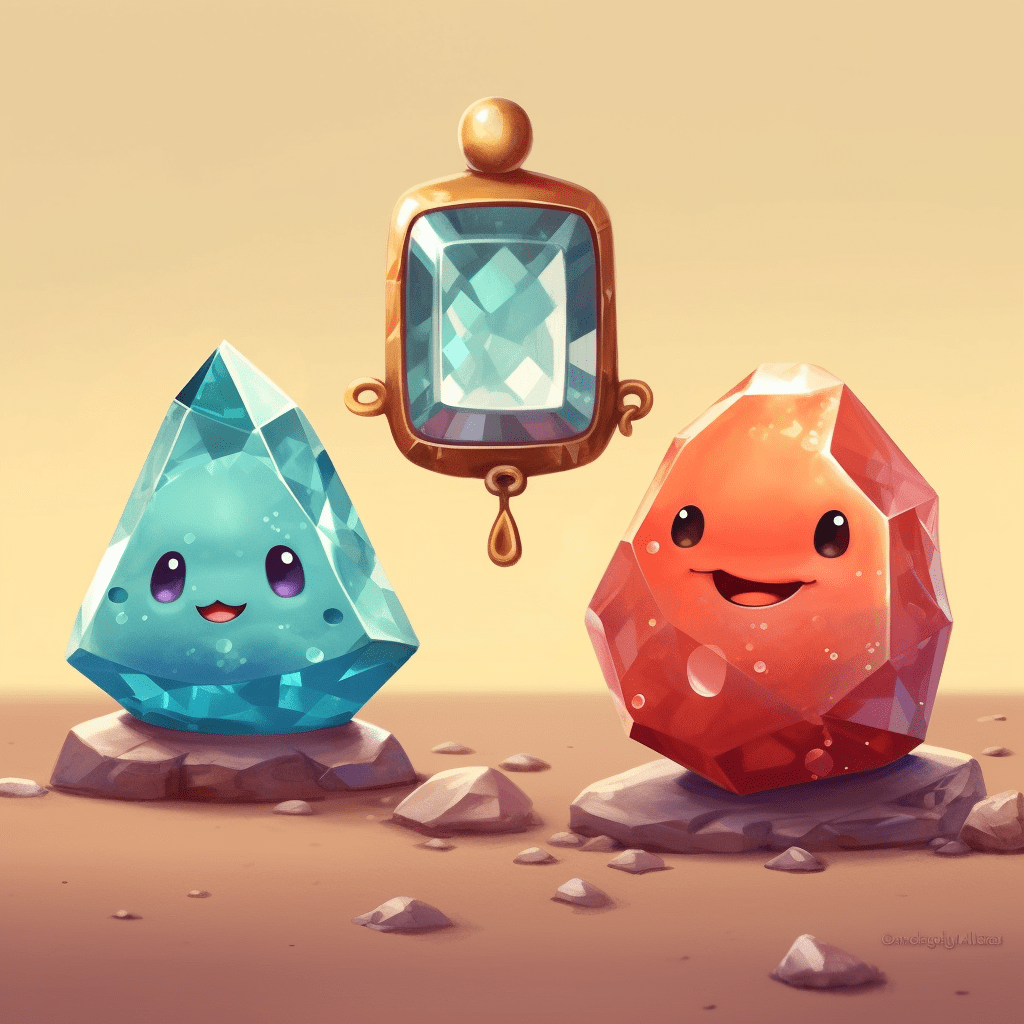Creating an NFT collection is an exciting endeavor, offering a unique blend of artistic expression and financial opportunity. However, to dive into the world of NFTs is to engage with a domain that is as complex as it is vibrant. Beyond the creative process, understanding the financial implications of creating an NFT collection is essential for success. While the stories of overnight millionaires in the NFT space are alluring, they are not the norm, and a more grounded understanding of the costs and potential returns is essential.
The Cost of Minting NFTs

The first financial consideration when creating an NFT collection is the cost of minting the NFTs themselves. Minting is the process by which your digital artwork becomes a token on the blockchain. This process involves a transaction on the blockchain network, and as such, it incurs a fee known as ‘gas’.
Gas fees fluctuate based on network congestion and can vary significantly. During times of high demand, these fees can become quite substantial, often running into hundreds of dollars per transaction on networks like Ethereum. However, alternative networks such as Binance Smart Chain, Flow, or Tezos often offer lower transaction costs, making them attractive options for creators.
The Cost of Listing NFTs
Once your NFTs are minted, the next step is to list them for sale on a marketplace. Most NFT marketplaces charge a listing fee, which can either be a flat fee or a percentage of the sale price. The most popular marketplaces such as OpenSea or Rarible, typically charge around 2.5% per sale, but this can vary. It’s important to understand these fees as they directly impact your potential profits.
Evaluating the Potential Revenue
After understanding the costs, you’ll want to evaluate the potential revenue from your NFT collection. Factors influencing this include the size of your collection, the price point for your NFTs, and the demand within the target market.
Comparing your work with similar NFT collections can provide a rough estimate of what buyers might be willing to pay. However, the NFT market is highly speculative, and prices can vary greatly. Some NFTs sell for millions, while others struggle to find buyers at any price. It’s essential to remember that while creating an NFT collection can be a profitable endeavor, it also carries substantial risk.
Consider the Volatility of the Cryptocurrency Market
Since NFTs are bought and sold using cryptocurrency, the volatility of the crypto market is a crucial financial consideration. The price of Ethereum or other cryptocurrencies can change rapidly, which directly affects the value of the sales you make.
If you sell an NFT for 1 ETH, the USD value of that sale can fluctuate dramatically. If the price of Ethereum drops significantly, so does your revenue in fiat terms. Conversely, if Ethereum’s price rises, your revenue does too.
Understanding Royalties

One unique aspect of NFTs is the ability for creators to earn royalties on secondary sales. This means that every time an NFT from your collection is resold, you receive a percentage of the sale. This royalty system can provide a continuous stream of income long after the initial sale, and is an important factor to consider when looking at the financial implications of NFT creation. However, the royalty rates and the frequency of sales can vary widely, so this shouldn’t be relied upon as a guaranteed source of income.
Balancing the Costs and Potential Revenue
The success of an NFT collection is heavily influenced by the balance between its costs and potential revenue. It’s vital to strategically plan your collection to maximize its profitability. For instance, consider creating a diverse collection that appeals to a wide range of buyers or using tiered pricing to encourage multiple purchases. Also, consider marketing strategies that could increase your collection’s visibility and demand in the crowded NFT market.
The Role of Community in NFT Success
A crucial, albeit less tangible, factor in the financial implications of creating an NFT collection is the strength and engagement of your community. NFTs are not just about the art; they’re about the story, the brand, and the community surrounding them. A strong, engaged community can drive demand for your NFTs, leading to higher prices and more sales. This doesn’t directly factor into the cost of creating an NFT collection, but it can significantly impact the potential return on investment.
Understanding Tax Implications

Finally, don’t forget to consider the tax implications of creating and selling NFTs. In many jurisdictions, revenue from NFT sales is considered taxable income. Depending on your location and the amount you earn, you may need to pay income tax, sales tax, or even self-employment tax on your NFT profits. Consulting with a tax professional can help you understand your obligations and avoid any unpleasant surprises at tax time.
Creating an NFT collection can be an exciting and rewarding venture, with the potential for substantial financial returns. However, it’s essential to understand the costs involved and the factors that can impact your potential revenue. By understanding these aspects, you’ll be better equipped to navigate the world of NFTs and make informed decisions about your collection.
